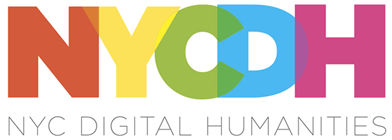Please join the Digital Art History Lab at The Frick Collection for its spring lecture:
“Using Computed Weave Maps to Gain Art-Historical Insight from Vermeer’s Canvases”
Dr. C. Richard Johnson, Jr., Cornell University
Tuesday, May 2, 2017 at 4 p.m.
The Thread Count Automation Project (TCAP) launched by Professor Johnson in 2007 discovered striped patterns in color-coded images of local thread densities obtained from digital image processing of x-radiographs of Old Master paintings on canvas. These striped patterns provide a “fingerprint” for pieces of canvas cut from the same roll. This spurred a four-year effort assisted by Walter Liedtke, one of the world’s leading scholars of Dutch and Flemish paintings, to gather x-radiographs of all thirty-four paintings on canvas by the Dutch master Johannes Vermeer (1632–1675). Six matching pairs of roll-mates have been identified thus far that provide evidence regarding authentication, dating, and—potentially—artistic intent. In addition to weave density maps, images were created of thread angle from their nominal horizontal and vertical directions. These angle maps provide forensic information regarding warp/weft thread designation and cusping, which offers insight into Vermeer’s studio practice and the possible re-sizing of his paintings since their creation. The insights generated by computed weave maps arising from the application of digital image processing are pioneering contributions from engineering to the emerging field of computational art history.
After the presentation The Frick Collection’s Associate Research Curator Margaret Iacono will hold a conversation with Dr. Johnson about his discoveries regarding some of Vermeer’s masterpieces, including The Collection’s iconic Mistress and Maid.
The lecture is free and open to the public. Please email dahlprograms@frick.org to register.
